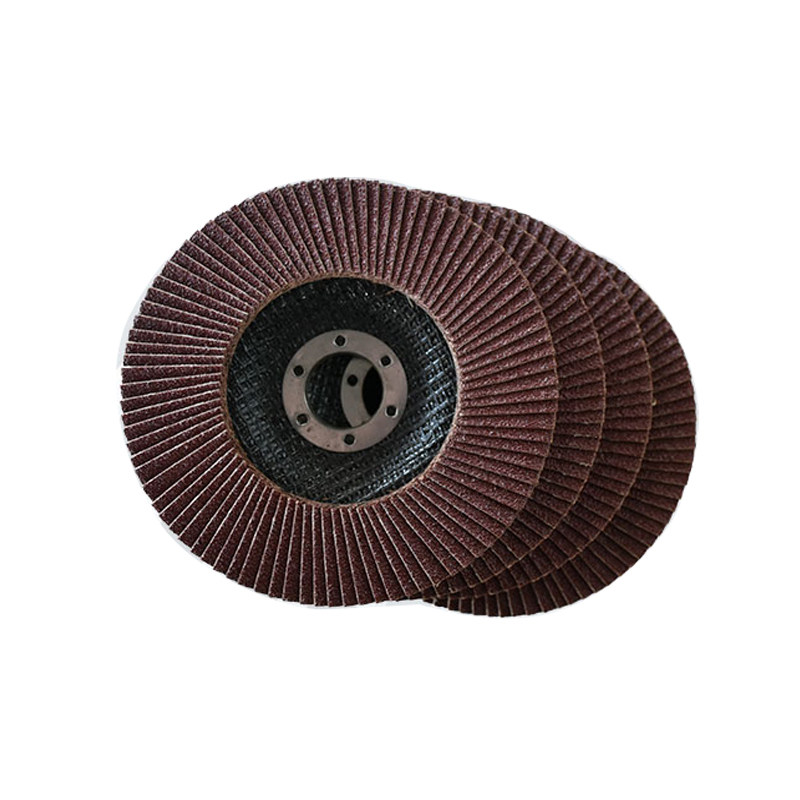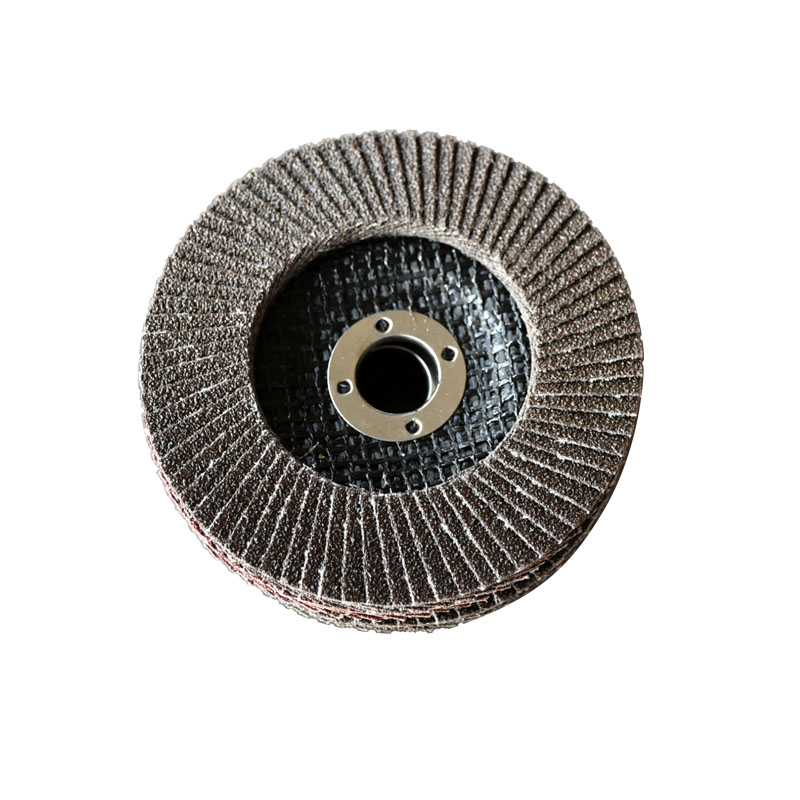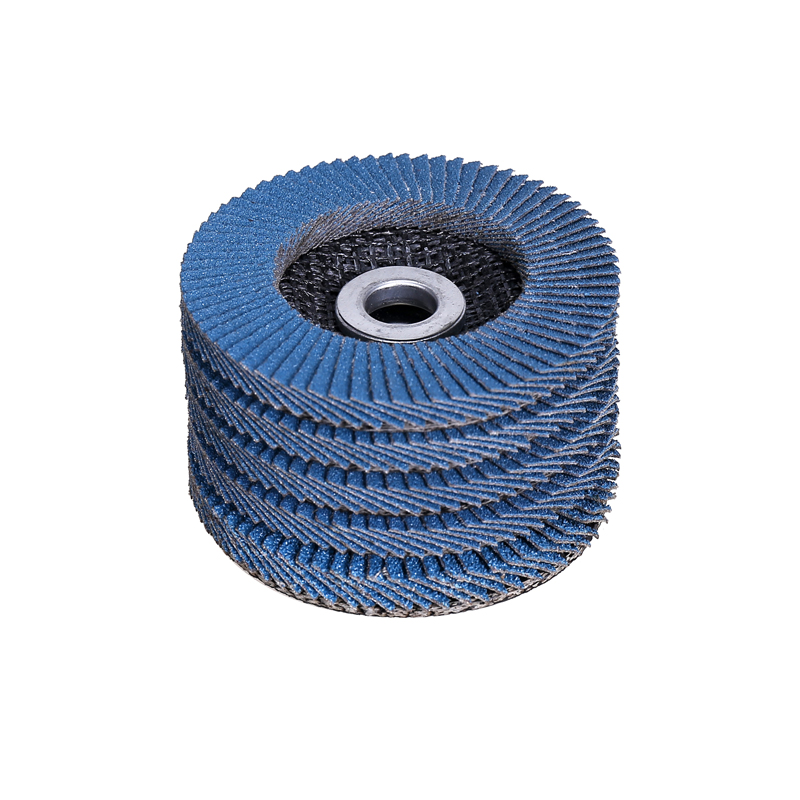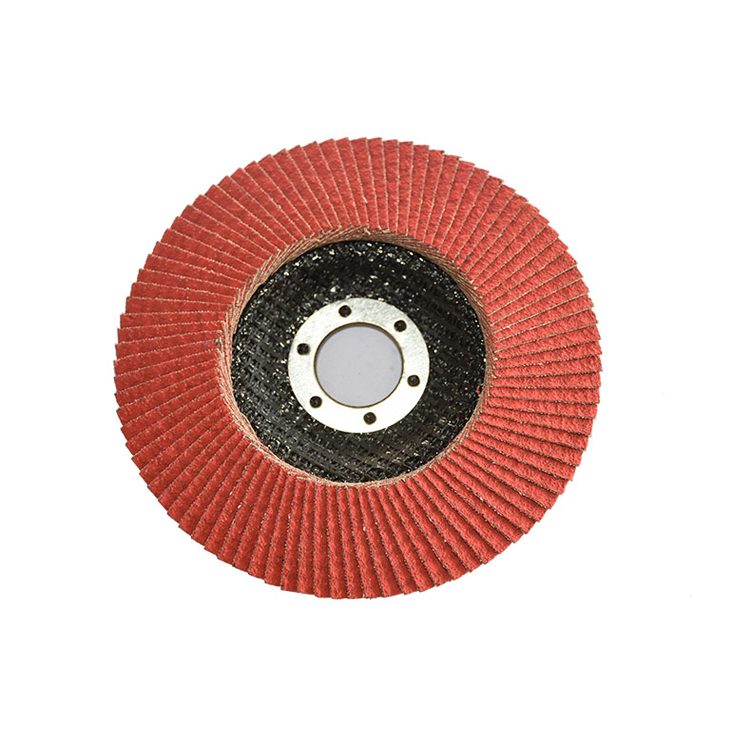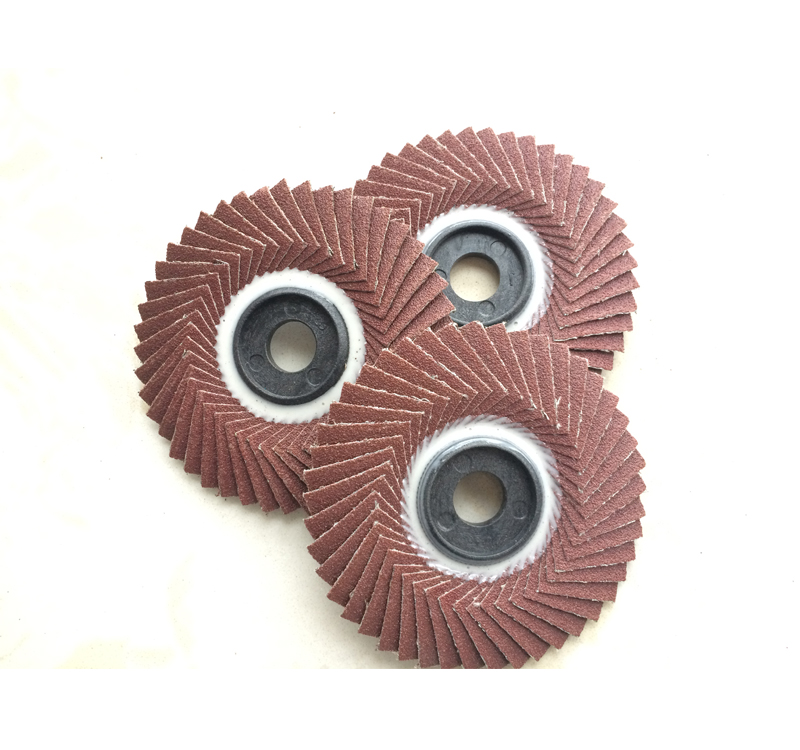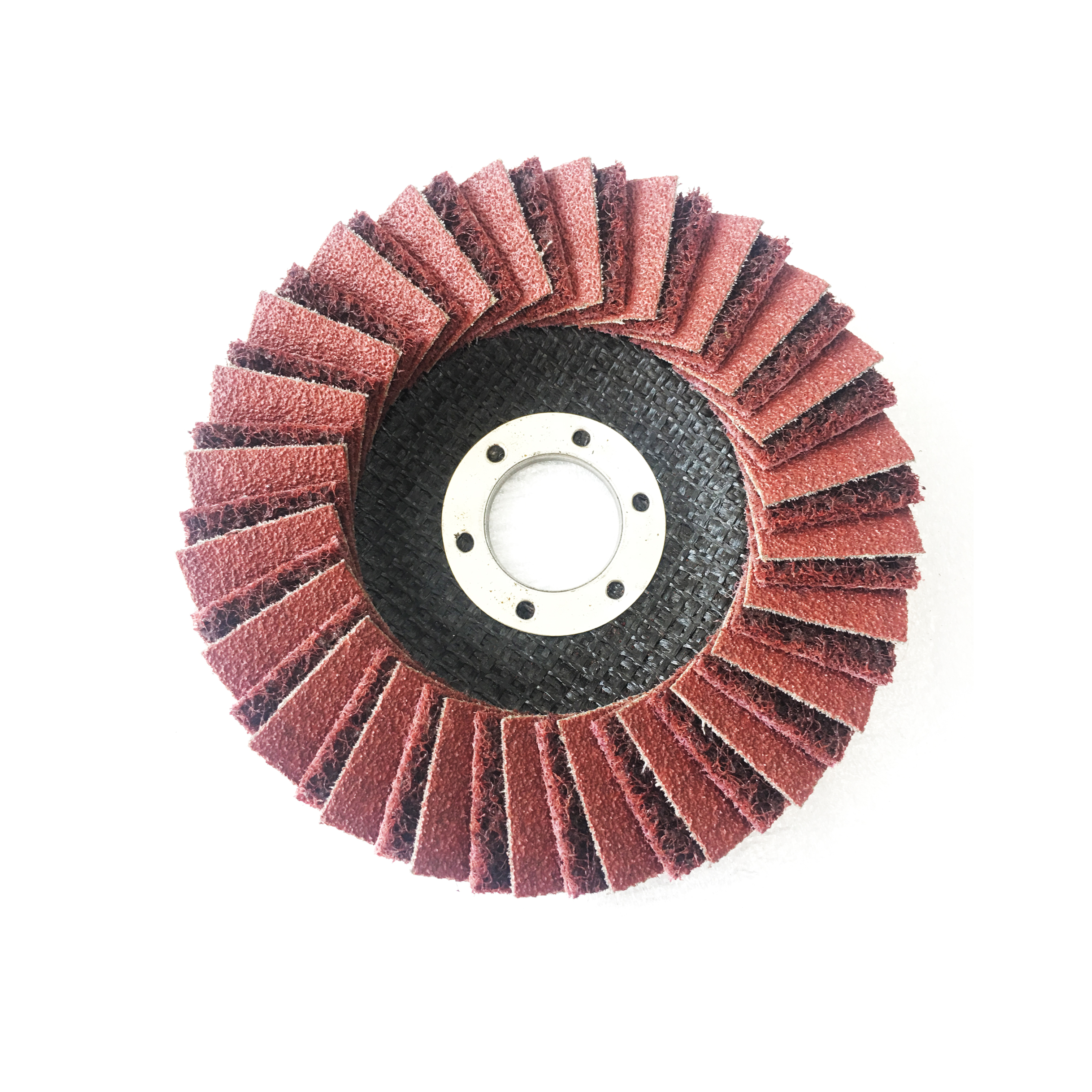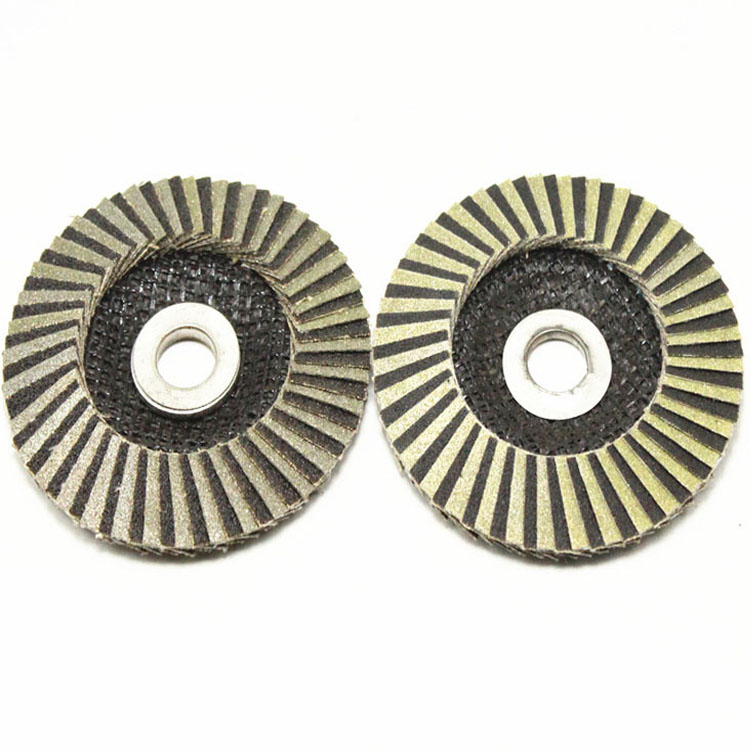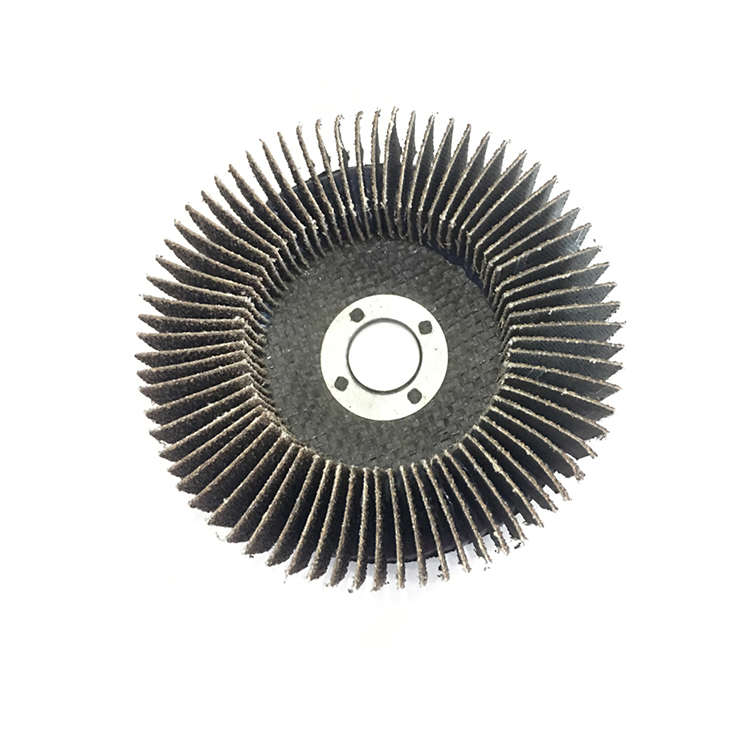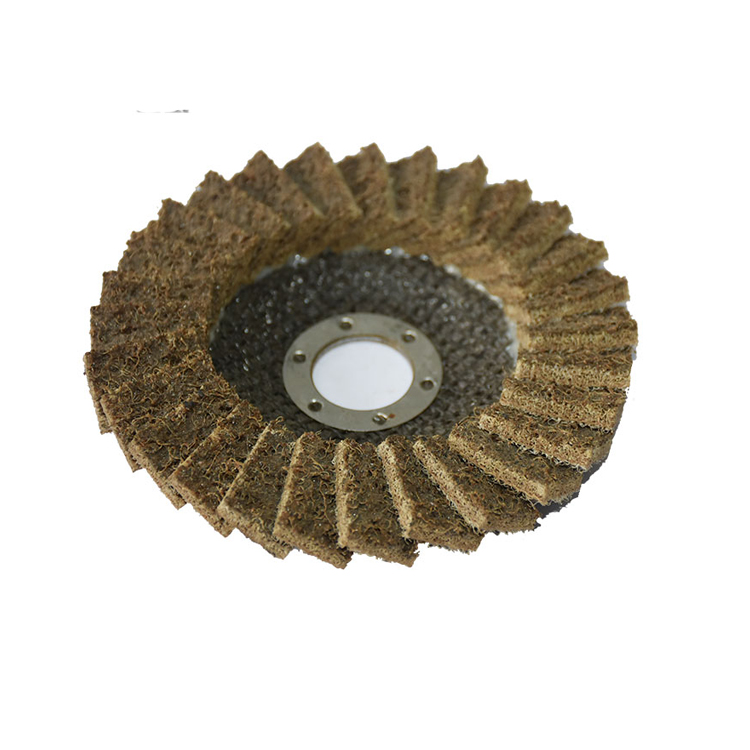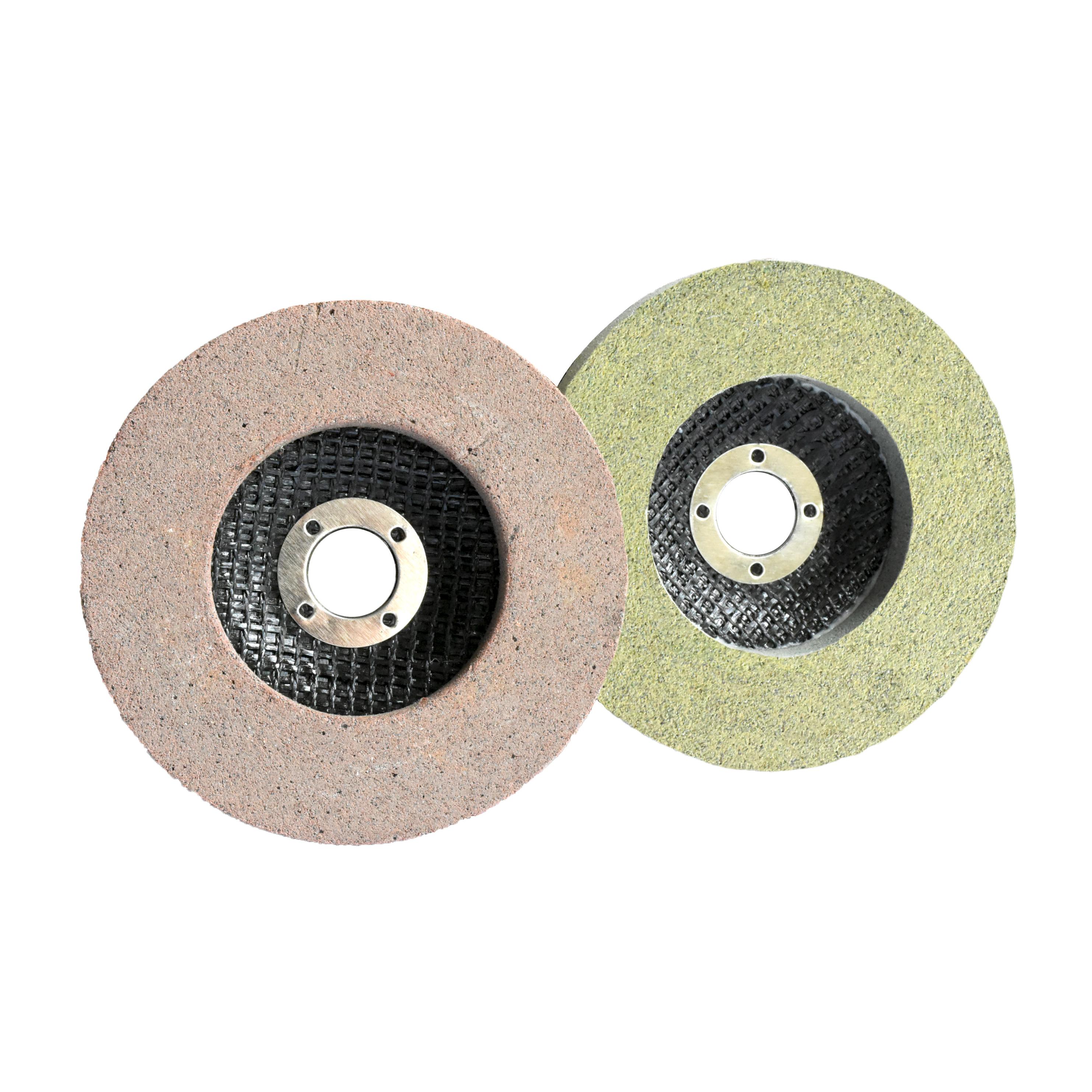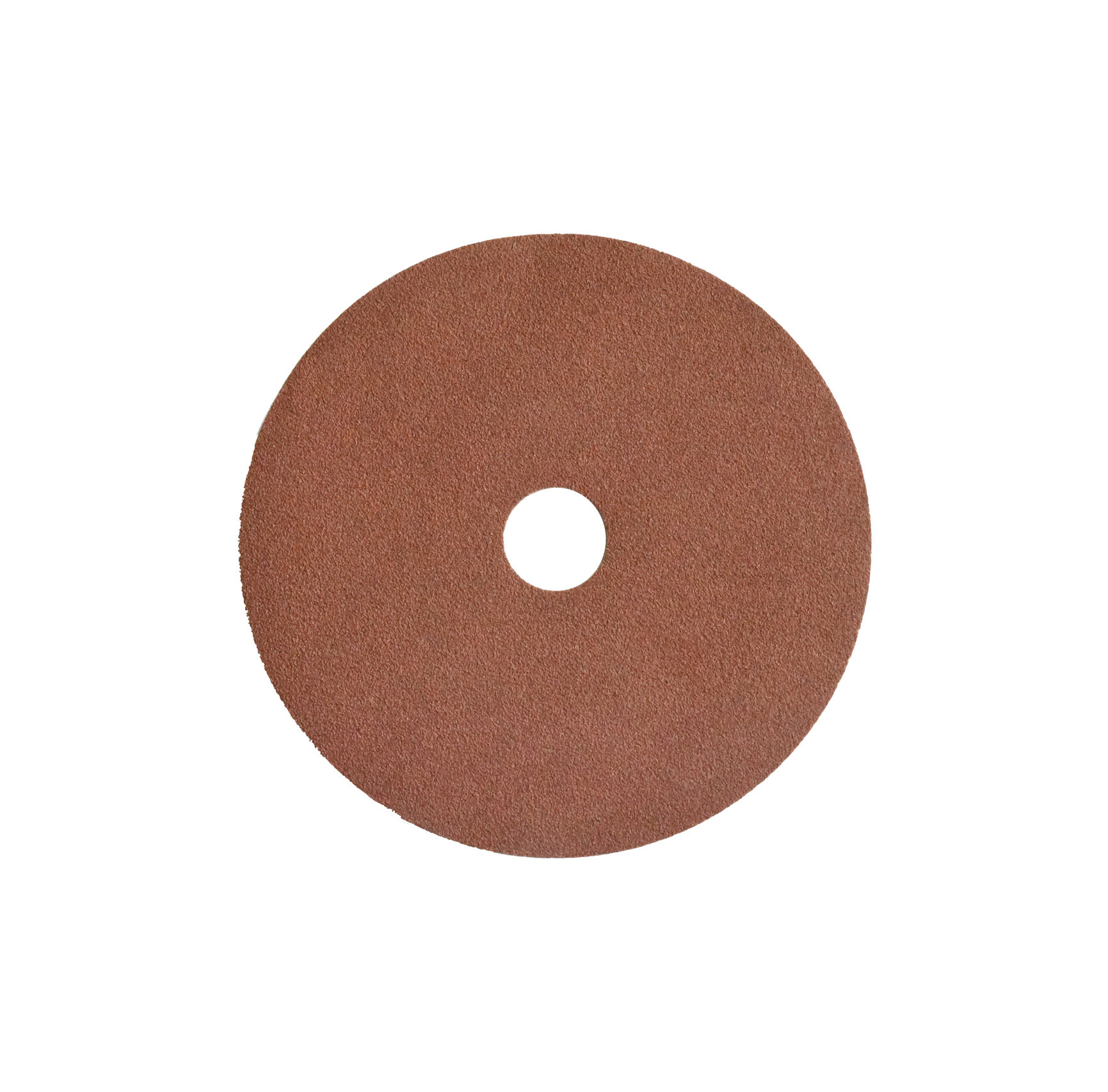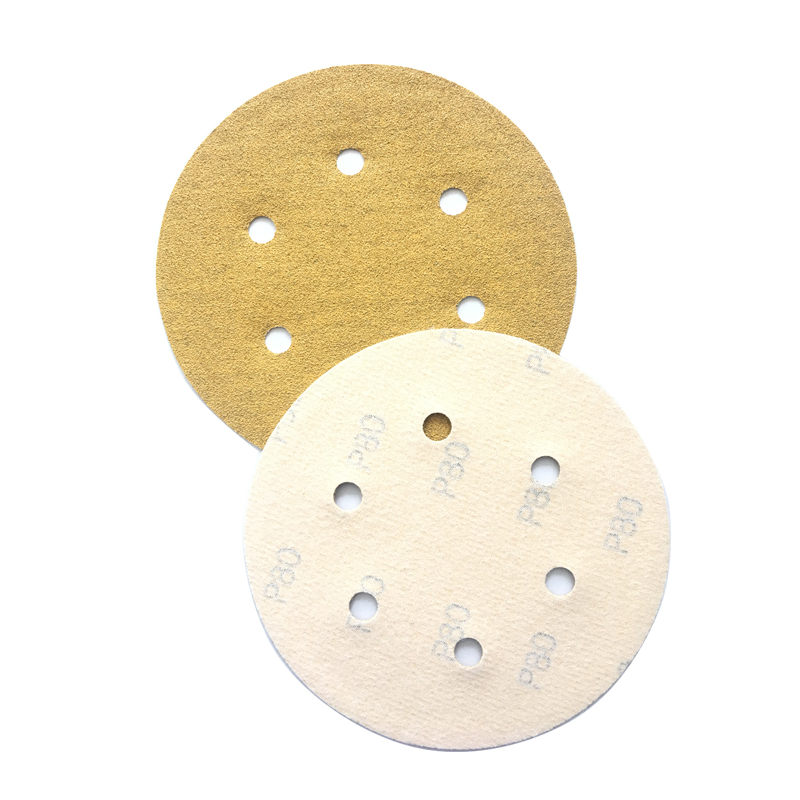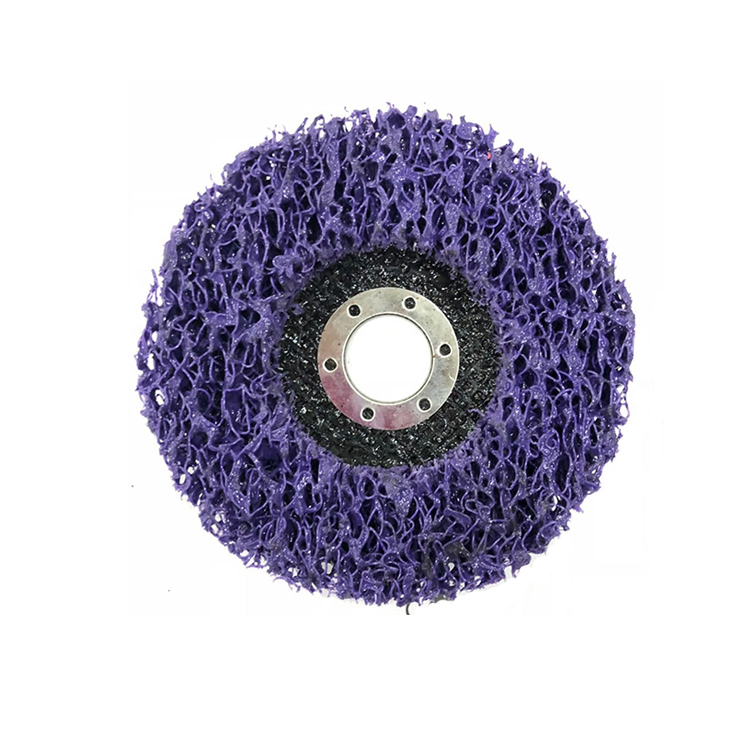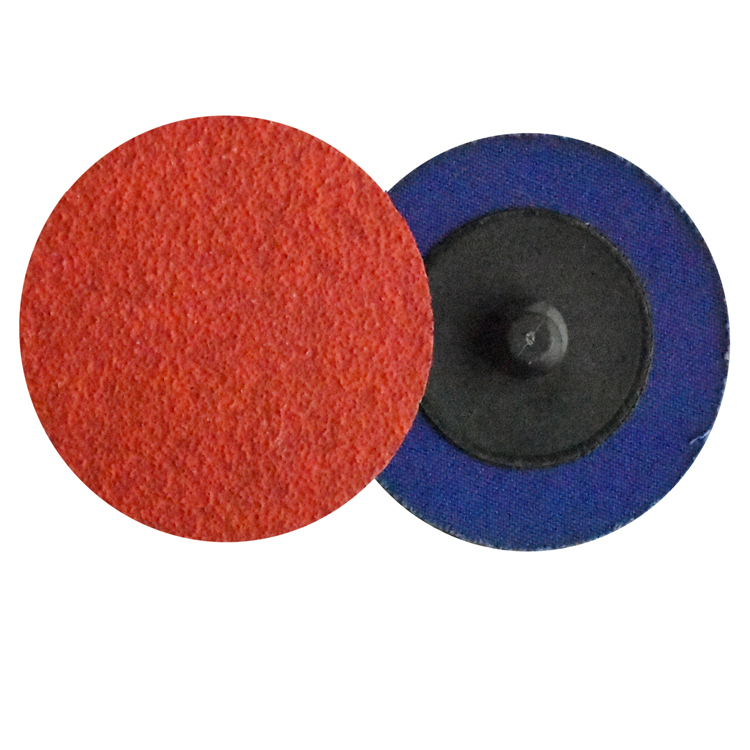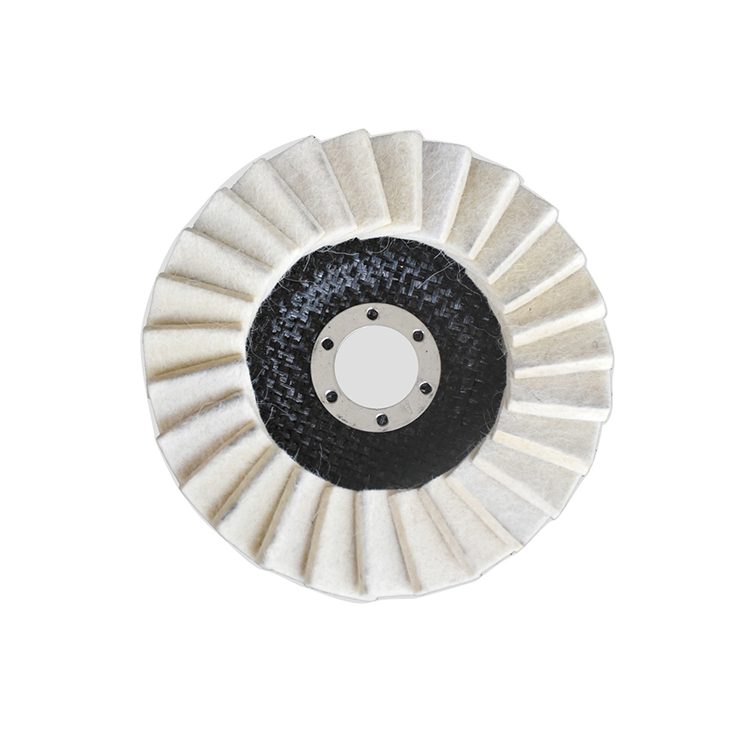
Grinding wheel wear and durability turned out to be like this
2019-03-08 reading
Grinding wheel wear and durability turned out to be like this
When the hardness of the grinding wheel is high, the dressing is fine, and the grinding load is light, the passivation type is likely to occur. At this time, the quality of the processing table is good, but the metal removal rate is significantly reduced.
When the hardness of the grinding wheel is low, the dressing is thicker, and the grinding load is heavier, the falling type is prone to occur. At this time, the contour of the sand is distorted, which seriously affects the quality of the grinding surface and the machining accuracy.
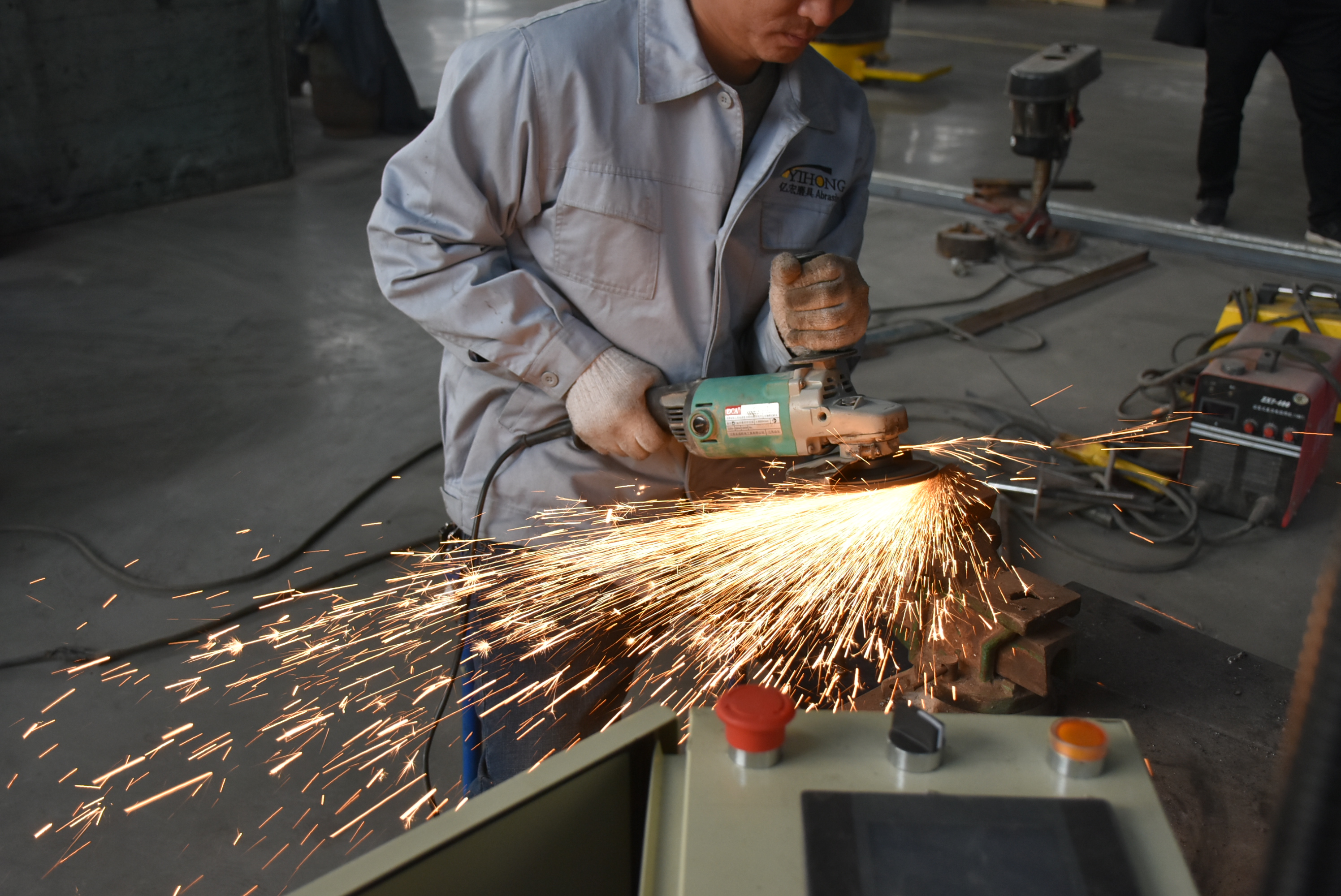
griding wheel,flap wheel manufacturer
When grinding carbon steel, the chips soften under the high temperature of grinding, and the plugs are embedded in the gap of the grinding wheel to form a built-in blockage. When the titanium alloy is ground, the chip is sintered and adhered due to the strong affinity of the chips and the abrasive grains. Attached to the abrasive particles to form an adhesive plug. After the grinding wheel is clogged, the cutting ability is lost, the grinding force and temperature increase sharply, and the surface quality is obviously reduced.
There are three basic forms of wheel wear: wear wear, crush wear and wear wear.
(1) Abrasion wear and wear wear are characterized by the formation of worn small facets on the abrasive grains of the grinding wheel. During the grinding process, due to the mechanical friction of the hard spots of the workpiece, high temperature oxidation and diffusion will cause wear of the abrasive cutting edges. Passivation.
(2) Fracture wear: During the grinding process, the abrasive grains are subjected to repeated rapid heat and rapid cooling, and great thermal stress is formed on the surface of the abrasive grains. Finally, the abrasive grains are partially broken along a certain surface.
(3) Shear wear; during the grinding process, the strength of the bond decreases as the grinding temperature increases. When the grinding force increases beyond the strength of the bonding agent, the entire abrasive grain is detached from the grinding wheel, which is detached and worn.
- Prev: A short story
- Next: What is the Industrial Internet?

